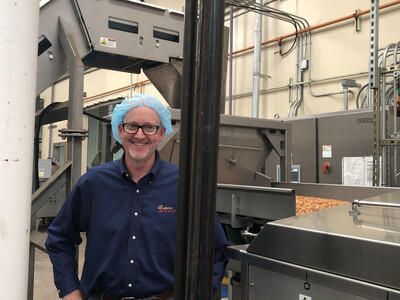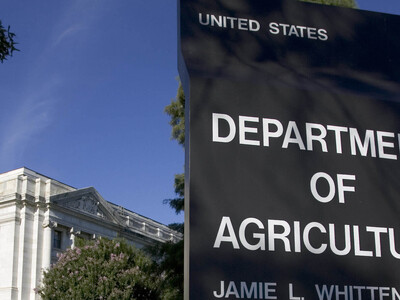Ag and Climate Change
Researchers are telling members of Congress not to overlook the importance of agriculture when it comes to climate change solutions.At a recent hearing of the House Subcommittee on the Climate Crisis, invited speakers said farmers are ready and able to help, using proven methods like carbon sequestration.
Jennifer Moore-Kucera, climate initiative director at American Farmland Trust said agricultural contributes to the challenge as a net emitter of more than 580-million metric tons of carbon dioxide equivalents each year.
Moore-Kucera: “However, the emissions can be substantially reduced or even offset with continued adoption of what are commonly referred to as regenerative climate smart or soil health practices. Two proven low cost soil health practices are cover crops and conservation tillage. Working with a USDA colleague, we estimate that if US farmers adopted cover crops on 25% of our farmland and conservation tillage on 100% of our tillable acres, we could reduce nearly 150 million metric tons of carbon dioxide equivalents per year, or one quarter of the total US agricultural emissions.”
Moore-Kucera added that American Farmland Trust recently documented changes on 4 farms across the US. After adopting new soil health practices they found that they reduced their greenhouse gas emissions by 379% they also cut nitrogen, phosphorus and sediment losses and increased yields. Three row crop farmers increased their average net income by 42 dollars per acre per year.
The committee members now want to hear from ag professionals. What policies should Congress adopt that could reduce emissions and maximize carbon storage, and help farmers, ranchers, and natural resource managers adapt to the impacts of climate change. The committee is asking for input Nov. 22 at its email address climateCrisisRFI@mail.house.gov.

















